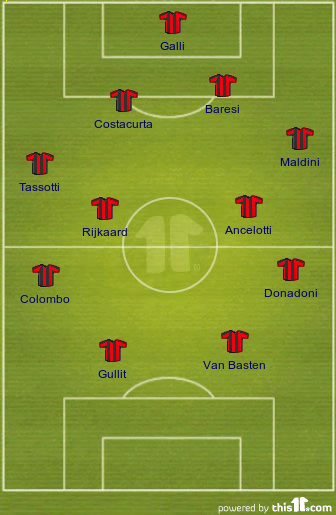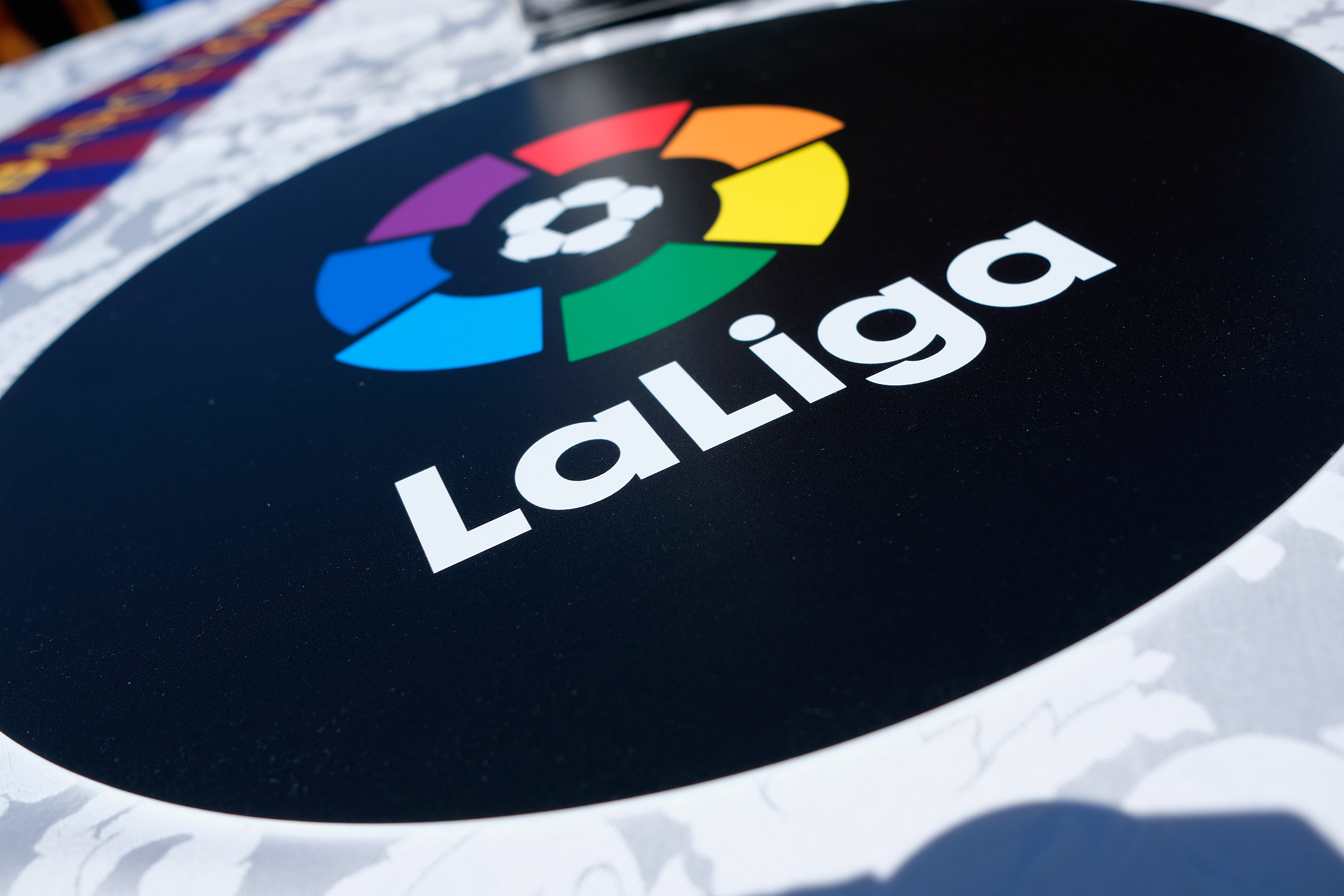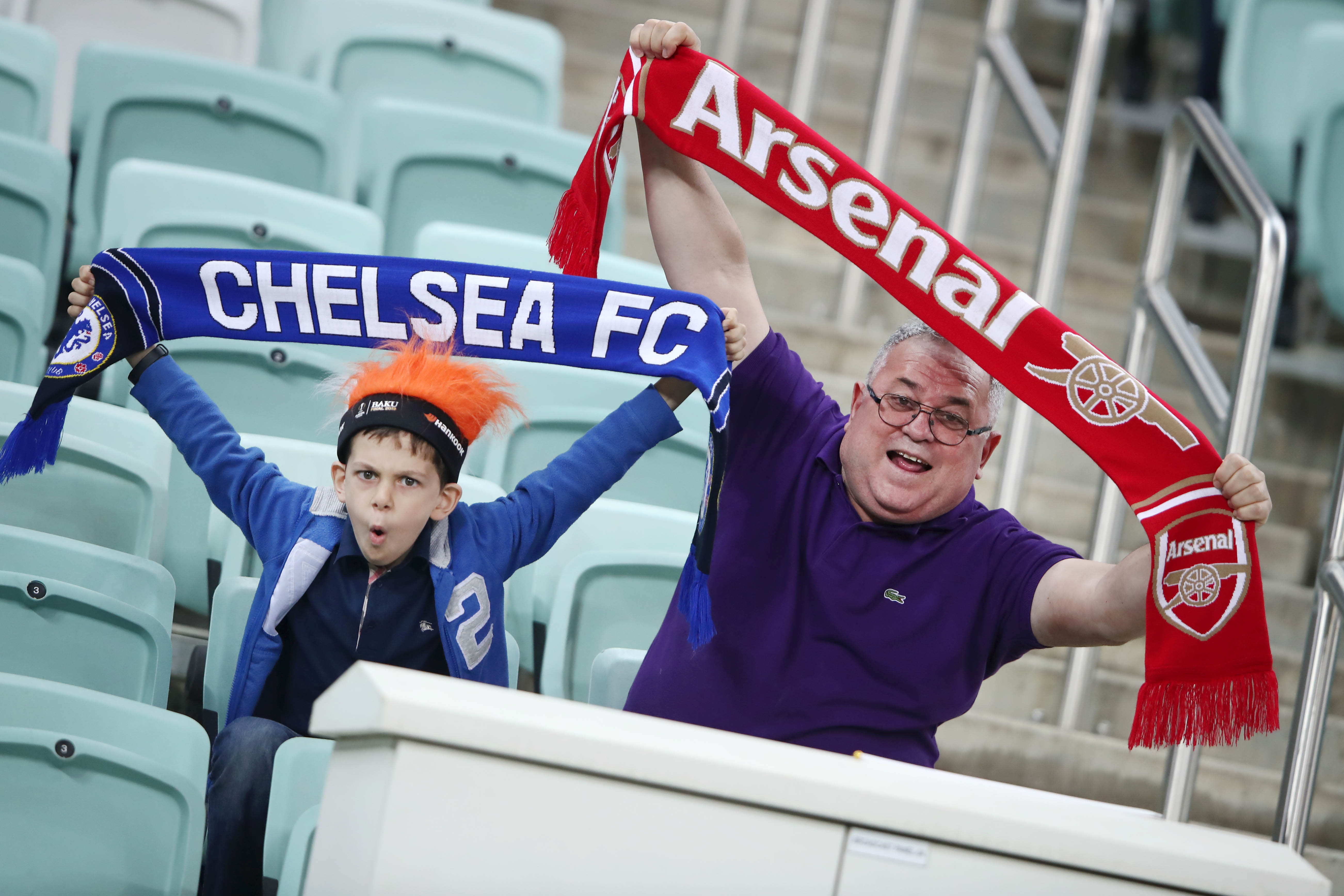History is replete with anecdotes of mediocrity before someone rises up and claims his rightful place in the hallowed annals. Football is no exception. AC Milan went from their nadir in history to become one of the powerhouses in the world through a similar channel. From being relegated to Serie B in the wake of a betting scandal in 1980-81 to lifting the 7th Champions League trophy two decades later is no mean feat in itself. Milan won its 10th Scudetto in the year 1978-79 led by Gianni Rivera, who retired from football after this triumph. Disaster struck next year when they were relegated to Serie B along with Lazio. Even though they managed to win the Serie B title that year and got themselves promoted to Serie A, they had their worst season in 1981-82 when they were once again relegated. Milan’s fortune was about to change.
It all began in the year 1986 when Associazione Calcio Milan was bought by a Milanese entrepreneur named Silvio Berlusconi. What would follow in the years to come would remain etched forever in football folklore.
By that time, Milan had won the Serie A title 10 times, and had earned the right to adorn the stella above their crest. On the European front however they had been successful only twice, both under the guidance of Nereo Rocco, the pioneer of the catenaccio in Milan. All these would change in the years to follow. Berlusconi brought in Arrigo Sacchi, a young coach, whose managerial stint at Parma F.C. had caught the eye of Berlusconi. With him came the golden Dutch trio of Marco Van Basten, Ruud Gullit and Frank Rijkaard.

Sacchi led Milan to their 11th Scudetto and proclaimed his greatness by winning back-to-back European Cups (1988-89 and 1989-90), a feat surpassed only by Real Madrid, Bayern Munich and Ajax. Along with the Trophy in 1988-89, Marco Van Basten also won the top scorer award with 10 goals in the competition. During that period, the team earned the nickname Gli Immortali (“The Immortals”).
Sacchi then left for greener pastures after handing over his responsibilities to a certain Fabio Capello who led Milan to four Serie A titles in five years and also had the distinction of remaining unbeaten for 58 league games, earning them the title Gli Invincibli (“The Invincibles”).

That Invincibli team had the likes of Franco Baresi, Alessandro Costacurta and Paolo Maldini commanding one of the best defences in history, along with Marcel Desailly and Roberto Donadoni playing in midfield and Dejan Savicevic, Zvonimir Boban and Daniele Massaro in attack. In addition to three consecutive Scudetti, Milan reached the Champions League final for three consecutive years.
In 1993, they were defeated by Olympique de Marseille; this match was disputed by a match-fixing scandal in the French League involving Marseille’s then club president. In 1994, it was Johann Cruyff’s FC Barcelona “dream team” which experienced the taste of defeat, after a famous 4-0 loss to the Rossoneri. While in the 1995 finals, Milan were again defeated, this time by Ajax. Then, in 1995-96, led by world-class players such as Roberto Baggio, Marco Simone and George Weah, Milan brought home their 15th Italian Championship.
After the 1994 Champions League final, Milan got the right to retain the actual trophy. In the history of the Champions League, only four other teams have earned this right, among them being Real Madrid, Ajax, Bayern Munich and Liverpool. As a result of keeping the trophy permanently, Milan adorns the Multiple Winner’s badge on the left sleeve of the team’s shirt. It is a navy blue oval on which an outline of the current trophy in white, overlaid with part of the Champions League starball logo can be seen.
The sun was about to set on Milan’s success as they plunged in a managerial merry-go-round for the next 6 years, winning only 1 Serie A title during that period. Capello was replaced in 1996 by Oscar Washington Tabarez. A win-less campaign brought back Arrigo Sacchi and he began his second tenure as Milan manager, but he too was unable to stem the rot as Milan finished at the 11th spot in the league and also had the ignominy of losing to Juventus at San Siro with a scoreline of 1-6. Not used to failure, Berlusconi sacked Sacchi the following season which saw the return of Capello and a host of potential talents in Christian Ziege, Patrick Kluivert and Leonardo were signed. Failure to win the Scudetto and a 10th place finish led to him being fired from the managerial post.
After enduring success at Udinese, Zaccheroni was appointed as manager in 1998. He brought with him fellow Udinese players like Oliver Bierhoff and Thomas Helveg. Their arrival brought instant success as Milan won the league in 1998-99. But something was missing from the trophy cabinet, something that they had last won under Capello, something that we call as the holy grail of club – The European Cup.
Despite success in the previous season, Zaccheroni failed to transform Milan into the great team it used to be. He brought in a certain prodigy named Andriy Shevchenko who would in years to come establish himself as one of the best ever players to have donned the striped red-and-black jersey. After two trophy less seasons (1999-00, 2000-01) and also failure to secure the UEFA Champions League, Zaccheroni was shown the door. He was replaced by caretaker manager Cesare Maldini, who like his predecessor only lasted one season.
In a bid to regain past glory, Milan went on a shopping spree and bought in players left, right and centre. Among those who came in were Javi Moreno, Cosmin Contra, Kakha Kaladze, Rui Costa, Filippo Inzaghi, Martin Laursen, Jon Dahl Tomasson, Umit Davala and last but definitely not the least, Andrea Pirlo from cross-city rivals Inter. Fatih Terim was appointed the manager, but was sacked after only five months.

Sanity returned at San Siro soon afterwards when Carlo Ancelotti, a former Milan player and European Cup winner from Arrigo Sacchi’s Immortal team, emerged from the shadows as the new manager. He was inheriting another trophy-less team in Milan, as the Rossoneri had floundered domestically and in Europe since their last Scudetto victory in 1999. In his first season as manager, he guided Milan to a 4th place finish, thereby earning them the right to play in the Champions League. The next season was even more successful for Milan as the club finished 3rd in league and went on to lift its 6th Champions Trophy, battling out Inter and then Juventus in the semi-final and final respectively. In the final held at Old Trafford, Manchester, Milan edged out Juventus in a closely-contested pulsating match which could only be settled by penalties. Birindelli and Del Piero were on target for Juventus whereas Serginho, Nesta and Shevchenko scored for the Rossoneri. Milan’s valiant soldiers were Dida, Alessandro Costacurta, Alessandro Nesta, Paolo Maldini, Kakha Kaladze, Gennaro Gattuso, Andrea Pirlo, Clarence Seedorf, Rui Costa, Andriy Shevchenko and Filippo Inzaghi. Then the following season, Milan signed a young protégé named Kaká from Sao Paolo, who during his reign at Milan won fans over with his exemplary ball-skills. This team earned the nickname I Meravigliosi (The Amazings).
Milan would go on to win the UEFA Champions league once more in 2007 after defeating Liverpool in the final, which was a rematch of the famous 2005 Champions League final in Istanbul. The ghosts of Istanbul were buried in Greece when Pippo Inzaghi scored a brace, rounding off Pepe Reina to bury the ball into the net. The Rossoneri fans worldwide were ecstatic. With this victory, the club affirmed its status as one of the powerhouses of European football.
– Amlan Chaudhury




